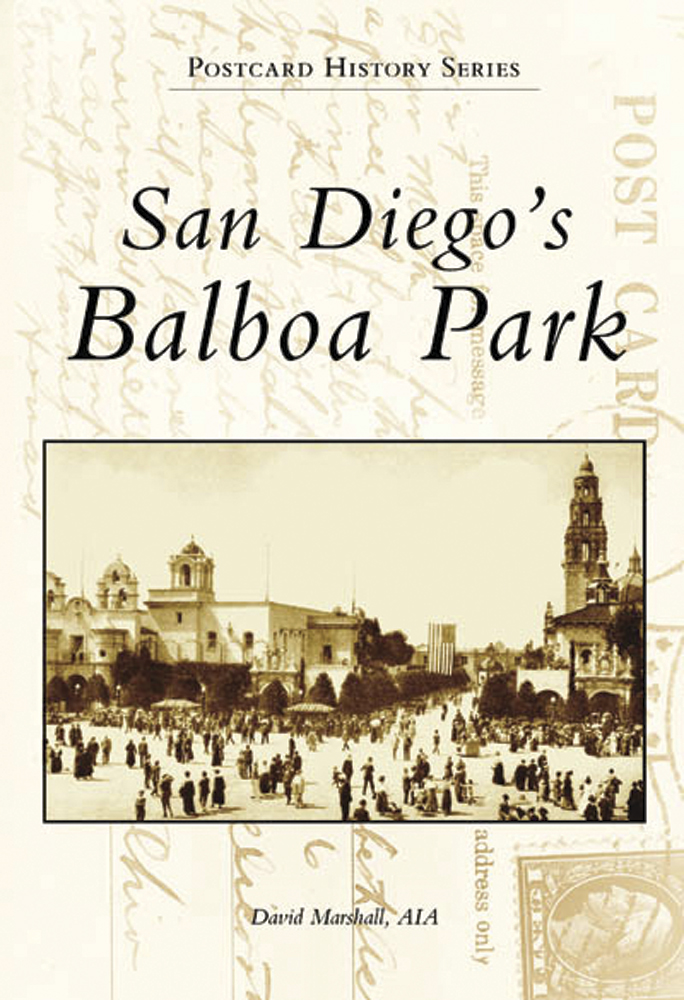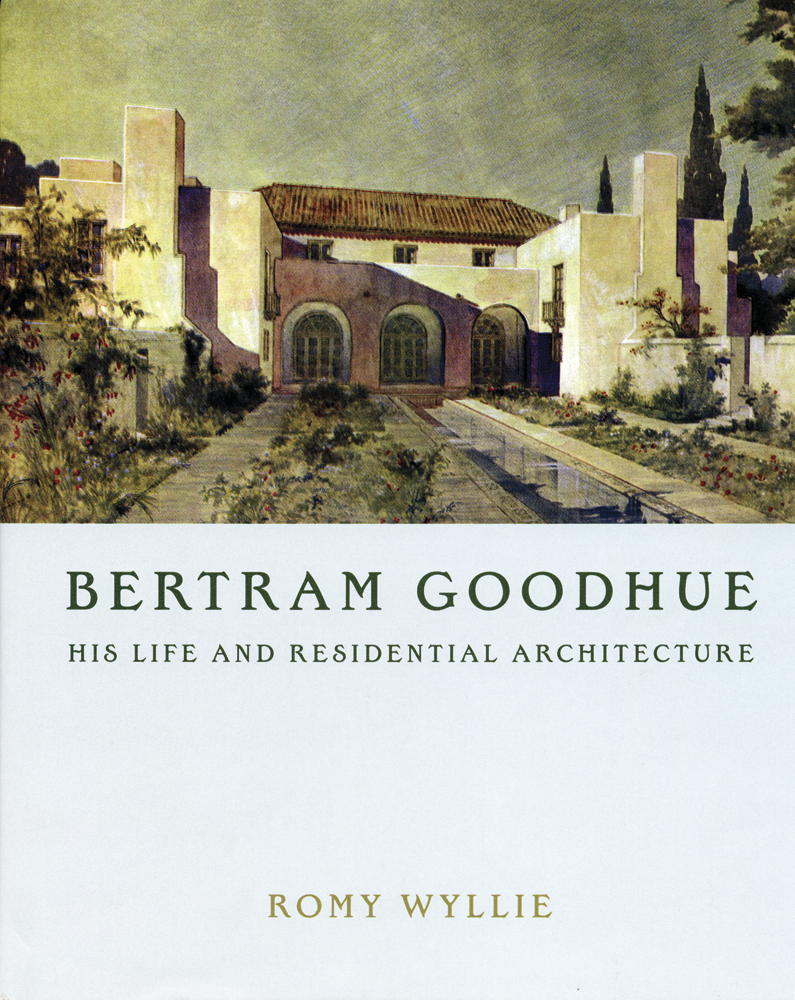|
Book Reviews
Two New Books for Fans of Balboa Park
By Erik Hanson

San Diego's Balboa Park:
Postcard History Series
By David Marshall, AIA
Charleston, SC. Arcadia Publishing. 2007
127 pages. $19.99
|
Recently released is this addition to Arcadia's growing series of local histories.
San Diego architect David Marshall created a book, which is both an overview of Balboa Park history and a glimpse at details, especially of the attractions and charm of the 1915 and 1935 Expositions.
The narrative is driven by the uncropped images of 200 plus picture postcards, along with a couple of vintage maps which are used to explain the relationships of the features.
Almost every building or area of the park was featured on at least one postcard, from the expected Cabrillo Bridge and California Quadrangle to the obscure locations that just survived a year or two.
Those of us who think of the park as a refined place of culture, with fine old architecture (as it often is) might be struck by some of the kitsch and exploitative features that Marshall documents; a nudist colony, a midget village, a human blowtorch, and a waxworks opium den (actually designed by Pasadena's renowned Heineman Brothers firm).
Arcadia Publishing has established the template, which allows for introductory text, the bulk of the book being close to life size copies of the postcards, usually two per page (in black and white), with long captions, often 50-100 words. Somewhat over half the cards in this book were published in color, either the divided back or the linen types. Others were the real photo sort originally printed in monotone on photographic paper in lower production runs. For aesthetic reasons one would like to see the color ones in their garish originality, however there is no loss of historic documentation, as the colors used on cards mainly did not represent true life.
Even long-time collectors of local postcards will see many images they never knew before. Marshall is probably as familiar with Park history as anyone and he shows a broad range of topics, including chapters on the Navy's training depot days, the Zoo, fun zones, and, of course, the Expos.
Those of us with ties to the south and east sides of the Park might nitpick at the lack of material on the Golden Hill Park area. This corner of the Park, far away from the Prado was the first developed area of the City Park, and five or six known cards featured its fountain, bandstand, trails and trees.
This book does belong in the collection of any fan of old San Diego. Marshall's architect eye and preservation background make him an ideal writer to explain the renaming and modifications to the Park locations, the analysis of the lost features, the persons involved, and the hidden details in these cards.
|

Bertram Goodhue:
His Life and Residential Architecture
By Romy Wyllie
W.W. Norton & Company. April 2007
224 pages. $60
|
The City of San Diego is graced with just one Bertram Grosvenor Goodhue-designed building. This one building, and related colonnades, happens to be our most well known and one that is favored by snobby historian and the layman alike. Of course this would be the California building and Quadrangle, built for the 1915 Expo.
The range of Bertram Goodhue's art is amazing, even for those who have some prior knowledge. His national reputation is grounded in his ecclesiastical work; perhaps half his designs were for churches and cathedrals.
Romy Wyllie has attempted to pull some focus to his residential jobs, as well as providing some solid biography, with the idea that his religious work has been well covered by Richard Oliver in his 1983 book Bertram Grosvenor Goodhue. As the Oliver book is out of print and is fetching about $200 for a used copy, she may have overestimated how many of her readers would have access to that volume.
Happily, Wyllie is largely not able to stick to the implication of her title, and non-residential projects such as the Nebraska State Capital, Los Angeles Public Library, Balboa Park, and Pasadena's Cal Tech are covered at some length.
This is both a work of deep scholarship and a visually pleasant book. Goodhue (1869-1924) was about the best American architectural illustrator of the 20th century, and it's reason enough to buy the book just for a good selection of these. This architect comes from a time when the best designers were more Renaissance men than we often find today. Goodhue, along with his contemporaries such as Bernard Maybeck and Claude Bragdon showed equal skill in book writing, typography, book design, and theatre arts, and were better with pen and ink than most artists.
Goodhue's work in the book arts, including his design for the still popular Cheltenham type font is touched on here, but could be the source for a separate book. Still, any lover of well-made houses of the first 2 1/2 decades of the last century will be happy with this book as it documents residences in the Spanish, Greek, Renaissance and Tudor revival styles as well as the minimalist worker's cottages of Tyrone, New Mexico.
Balboa Park historians (and aren't we all) will come away with a good sense of what talent it took to take away the Expo designs from local hands.
Erik Hanson is a long time SOHO board member, South Park resident, and by trade a used bookseller.
|
MORE FROM THIS ISSUE
From the Editor
Reconstructing Balboa Park's "Dream City"
Names & Milestones in the History of Prado Buildings
10 Vanished Balboa Park Landmarks
Historic Losses: Fires Devastate San Diego San Diego County's Historic Sites
California Tile: Our Claim to Tile Fame
The Use of Tile in the Home
Tile Resources
President's Message
Reflections
In Memoriam - Beth Montes
The Beth Montes Memorial Internship & Outreach Fund
Book Reviews
Letters to the Editor
Lost San Diego
Strength in Numbers
Advertisements
DOWNLOAD full magazine as pdf (21mb)
|





